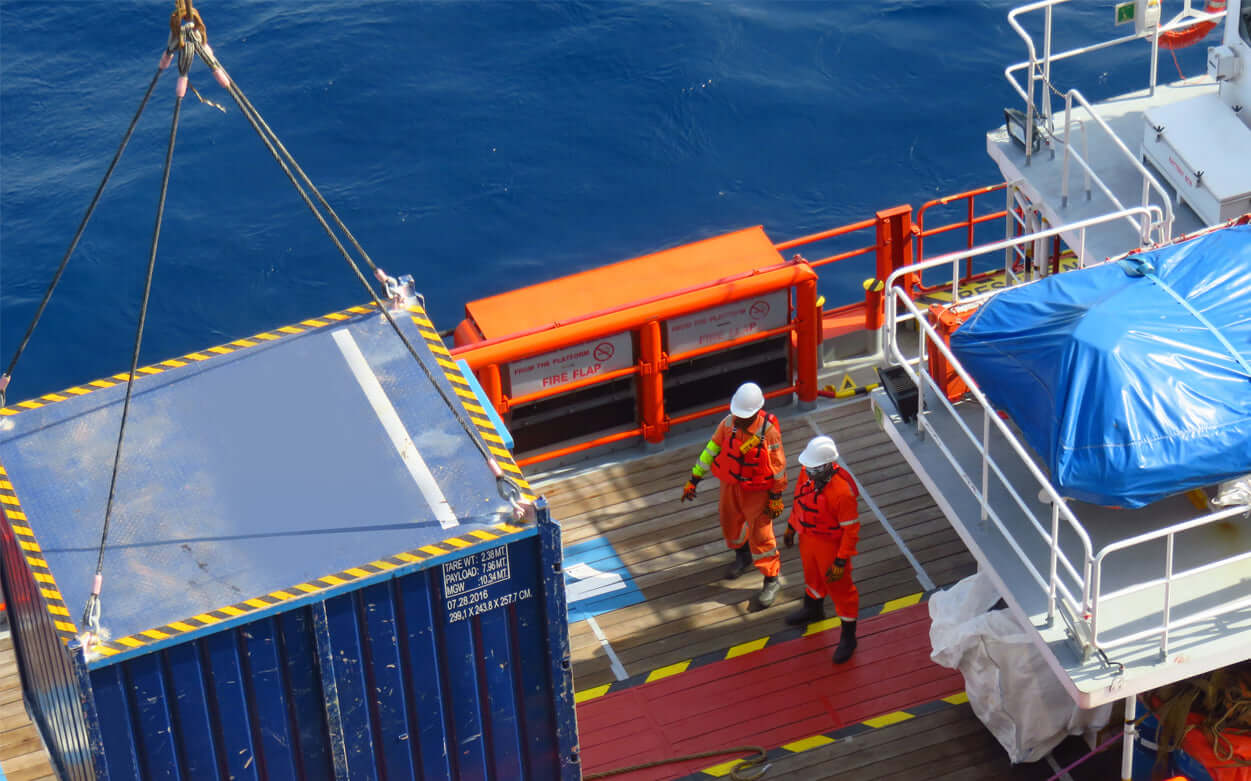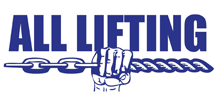
ESSENTIAL GUIDE TO MARINE WIRE ROPE
Wire rope is commonly used in the maritime sector for many different proposes including the docking of ships, the internal working of ships, and even lowering of lifeboats. Wire rope is the rope of choice because it’s stronger, more versatile, and weighs less than many other options. This type of rope if often exposed to open environments which causes a much higher risk of rusting and suffering damage, therefore should be checked on a regular basis.
To maintain your wire rope and keep it in good condition for longer, it needs to be lubricated regularly. Best practise for maintenance is to apply a pressure lubricant, as this will delay corrosion meaning a longer lifespan. If a higher pressure lubricant isn’t available, one of the better ways of doing this is by using a brush to spread the lubricant on the wire rope and allowing it to penetrate. Always keep in mind that the best lubricant to use is often the one recommended by your manufacturer or your lifting specialist.
Another technique that will ensure your wire rope is safe, is ensuring frequent inspections are conducted; and on the due dates. The below criteria will also determine the lifespan and how frequently you should inspect:
- Application of the wire rope
- Operational conditions like weather etc.
- Manufacturer’s recommendations and statutory requirements
- Analysis of usage history
- Analysis of wire rope history of the previous wire rope used for the same application
If, and only if the rope is healthy, maximum efficiency can be reached. The wire rope's good health is due to regular maintenance and inspection. The relationship between rope health/maintenance and inspection is proportionate to each other. The longer you keep the rope maintained, the longer the rope will last.
Please do not hesitate to contact our specialist team at All Lifting if you need to schedule a safety inspection, or to purchase wire rope or marine products.



